Carpenter Ants with Wings | Carpenter Ants with Wings: Facts & Info
It is crucial to be able to differentiate between winged carpenter ants and winged termites, as they are often mistaken for each other. While both pests have wings, there are distinct differences in their physical characteristics and behaviors.

Key Takeaways:
- Carpenter ants with wings are known as alates or winged carpenter ants.
- Winged carpenter ants shed their wings before selecting a nesting site.
- It is important to distinguish between winged carpenter ants and winged termites.
- Winged carpenter ants can cause structural damage and should be addressed promptly.
- Professional assistance may be necessary for severe carpenter ant infestations.
Differences between Winged Carpenter Ants and Winged Termites
When it comes to identifying winged insects, distinguishing between winged carpenter ants and winged termites can be crucial. These two species have distinct physical characteristics that set them apart.
Physical Characteristics
One way to differentiate between winged carpenter ants and winged termites is by their appearance. Winged carpenter ants have a pinched waist, elbowed antennae, and front wings that are longer than their back wings. On the other hand, winged termites have straight antennae, broad waists, and equal-sized wings that are long and narrow.
Another key difference lies in their nest-building habits. While termites consume wood, carpenter ants do not eat it. Instead, carpenter ants excavate galleries in wood to create their nests and rear their young. As a result, the galleries produced by carpenter ants have smooth walls, in contrast to the mud-like deposits commonly found in termite galleries.
By understanding the structural differences and nesting behaviors of these insects, you can accurately identify whether you're dealing with winged carpenter ants or winged termites, which is essential for effective pest control.
Life Cycle and Habits of Winged Carpenter Ants
Winged carpenter ants play a vital role in the establishment and expansion of carpenter ant colonies. The life cycle of winged carpenter ants begins with a single winged female ant initiating a new colony. This female carpenter ant sheds her wings and searches for a suitable nesting site. These nesting sites are typically found in moist wood that has weathered and begun to decay.
Carpenter ant nests can be found in a variety of locations, both indoors and outdoors. Indoors, they may establish their nests in porch columns, steps, corners, eaves, and even between walls. They can also inhabit door and window frames, causing potential structural damage. Outdoors, carpenter ants commonly nest in woodpiles, stumps, fences, telephone posts, and even rotten trees.
It's important to note that carpenter ants do not eat wood. Instead, they excavate galleries within the wood to rear their young. These galleries are clean with smooth walls, distinguishing them from the mud-like deposits typically found in termite galleries.
In addition to their nesting habits, carpenter ants have diverse feeding preferences. They feed on a variety of food sources, including other insects, aphid honeydew, plant juices, sweets, and even food scraps found in homes. Their ability to adapt their feeding habits allows them to thrive in different environments.
To give you a better understanding of the nesting and feeding habits of winged carpenter ants, take a look at the image below:
Identifying Winged Carpenter Ants
Identifying winged carpenter ants can be challenging. These ants are often mistaken for termites, especially during the early spring when winged termites are more commonly found. However, there are key physical characteristics that can help distinguish winged carpenter ants from termites.
Winged carpenter ants have a distinct waist, elbowed antennae, and forewings that are larger than their hindwings. Unlike termites, they also have bent or angled antennae and hindwings that are shorter than their forewings. The presence of a hard exoskeleton and visible segmented body parts further differentiate them from the soft-bodied termites.
If you encounter winged ants in your home or property, it is recommended to consult with an entomologist or a pest control professional for accurate identification. Entomologists can confirm the identification of winged carpenter ants using a microscope, ensuring that the presence of these ants is properly assessed.
In some cases, identifying carpenter ant workers can also assist in confirming a carpenter ant infestation. Carpenter ant workers, which are smaller in size compared to the winged reproductive forms, can indicate the presence of a colony. While the workers themselves may not have wings, their activity and presence can be a crucial clue in identifying a carpenter ant problem.

With accurate identification, appropriate measures can be taken to address a potential carpenter ant infestation. Whether it involves preventive practices or targeted control methods, understanding the presence of winged carpenter ants is essential for effective pest management.
Preventive Measures for Carpenter Ant Control
To effectively control carpenter ants and prevent infestations, it is important to implement preventive measures and apply Integrated Pest Management (IPM) strategies. By taking proactive steps, you can minimize the risk of carpenter ant problems and protect your home. Here are some preventive measures you can take:
Eliminate Stumps and Moisture Sources
Carpenter ants are attracted to moist and decaying wood, so it is important to remove any stumps or dead trees near your home. This eliminates potential nesting sites and reduces the chances of ants migrating indoors. Additionally, address any moisture issues such as leaky plumbing or excessive humidity, as these conditions can create favorable environments for carpenter ants.
Store Firewood Away from the House
When storing firewood, ensure that it is kept at least 20 feet away from your home. This helps to prevent ants from using the firewood as a bridge to enter your house. It is also important to elevate the firewood off the ground, as direct contact with soil provides easy access for carpenter ants.
Prevent Structural Wood from Getting Wet
Inspect your home for any sources of moisture that may be causing structural wood to get wet. Repair any leaks in the roof, gutters, or plumbing system promptly. Improve ventilation in crawl spaces and basements to prevent the buildup of moisture. Wet or damp wood is attractive to carpenter ants and can lead to infestations.
Trim Trees and Bushes Away from the House
Keep trees and bushes trimmed so that they do not touch the exterior of your home. This prevents ants from using them as a pathway to access your house. By maintaining a clear space between vegetation and your home, you reduce the likelihood of carpenter ants foraging indoors.
By following these preventive measures and practicing good cultural practices, you can significantly reduce the risk of carpenter ant infestations. However, it is important to note that these measures may not provide complete control if an infestation is already present. If you suspect a severe infestation, it is recommended to seek professional pest control assistance.
Monitoring Carpenter Ant Activity
To effectively control carpenter ants, it is crucial to monitor their activity and locate their nests. By closely observing their behavior and identifying signs of carpenter ant activity, you can take targeted measures to eliminate the infestation.
Locating Nests
Carpenter ant nests are typically found in areas with moist wood. Some common locations include porch floors and columns, eaves, sills, roof joints, and below leaking roof gutters. The presence of sawdust alone does not confirm the existence of a nest, but it suggests carpenter ant activity in the vicinity.
To locate nests, pay attention to the presence of ant pupae and larvae. These indicate the proximity of a nest as they require a protected environment to develop. By tracing the movement of worker ants, you can identify their entry points into walls and moldings, which can lead you to the nest.
Signs of Carpenter Ant Activity
There are several signs that indicate the presence of carpenter ants. Look for foraging ants, especially during the spring and summer months, as they search for food inside your home. You may also observe carpenter ants in or near wet or spongy wood, such as around leaky pipes, drains, walls, or roofing.
Additionally, keep an eye out for ant trails or visible damage to wooden structures. Carpenter ants make distinctive tunnels, known as galleries, inside wood as they excavate. These galleries can weaken the structural integrity of the wood and cause long-term damage if left untreated.
By monitoring carpenter ant activity and locating their nests, you can address the infestation at its source and effectively control their population. Remember to take appropriate measures to protect yourself during the monitoring process and consult a professional pest control expert if needed.
Chemical Control and Baiting
When it comes to dealing with carpenter ant infestations, chemical control can be an effective method to reduce their populations. Pesticides can be strategically applied to areas where these ants are commonly found, such as baseboards, moldings, sills, and behind appliances.
It is important to note that pressurized aerosol sprays are not recommended for carpenter ants, as they may not reach the hidden depths of their nests. Instead, baiting can be a more successful approach. Bait cups are available on the market, but they may not be effective for severe carpenter ant infestations.
Gel and liquid bait forms are generally more successful in attracting and eliminating carpenter ants. These baits are designed to mimic their natural food sources, with a sugary bait often being the most appealing option. When using pesticides or baits, it is crucial to read and follow all instructions and safety precautions provided on the pesticide labels.
If your carpenter ant infestation is severe or persistent, it is recommended to consult a licensed pest control firm. Professional pest control experts have the knowledge, experience, and access to stronger and more advanced pest control solutions to effectively address the problem.
Perimeter Sprays for Carpenter Ant Control
When it comes to controlling carpenter ants and preventing their intrusion into your home, perimeter sprays can be an effective tool to consider. By applying these sprays around the foundations, windows, and doors of your house, you can kill foraging ants and create a barrier that deters outdoor ants from migrating indoors.
Perimeter sprays work by treating the area where ants commonly travel or enter your home. The active ingredients in these sprays disrupt the ants' nervous system, leading to their demise. However, it's important to note that the effectiveness of the spray may vary depending on the concentration of the active ingredients. Stronger products with restricted use may be available to licensed pesticide applicators, ensuring more potent outcomes.
While using perimeter sprays, it's crucial to follow the instructions provided on the pesticide labels. These instructions will guide you on proper application techniques, recommended safety precautions, and any specific disposal guidelines for the containers. Adhering to these instructions not only ensures your safety but also maximizes the effectiveness of the sprays.
Remember, preventing carpenter ants from infiltrating your home is always better than dealing with an infestation. In addition to using perimeter sprays, practicing other preventive measures, such as sealing cracks and openings, trimming tree branches away from your house, and addressing moisture issues, can enhance your ant control efforts. By implementing a comprehensive approach that includes both preventive measures and targeted treatments, you can effectively manage carpenter ant populations and minimize the risk of infestation.
Carpenter Ant Nesting Sites and Damage
Carpenter ants tend to establish nests in various locations, both outdoors and indoors. Outdoors, they commonly nest in dead or decaying wood, such as hollow trees, old stumps, and firewood. These nesting sites offer a suitable environment for carpenter ants to thrive.
However, it's important to note that carpenter ants can also infest homes and buildings, especially in areas with damp or wet wood. They are attracted to moisture and often target areas where the structural components have been compromised. Once inside, they can establish nests in damp wood, causing damage to the structure over time.
Wood Damage Caused by Carpenter Ants
Carpenter ants do not eat wood, but they excavate galleries and tunnels within it to create a suitable nesting habitat. As they create these passageways, they weaken the structure and compromise its integrity. Over time, this can lead to significant damage, particularly if the infestation is left untreated.
Signs of a carpenter ant infestation and wood damage may include the presence of ants in or near wet or spongy wood. You may observe ants around leaky pipes, drains, walls, or roofing. Additionally, if you notice hollow-sounding or weakened wood when tapping or pressing on it, it could be a sign that the wood has been excavated by carpenter ants.
It's important to address carpenter ant infestations promptly to prevent further damage to your home or building. Seeking professional pest control assistance is crucial for effectively eliminating the infestation and implementing appropriate preventive measures to avoid future infestations.
Visual representation of carpenter ant nesting sites, source: University of California Agriculture and Natural Resources
Carpenter Ant Behavior and Feeding Habits
Carpenter ants exhibit distinct behavior patterns and feeding habits, which can have significant implications for homeowners and property owners. Understanding the behavior of these ants is crucial for effectively addressing infestations and preventing further damage.
Feeding Habits
Carpenter ants have a diverse diet, consisting of both proteins and sugars. They are known to consume a wide range of food sources, including meats, sweets, and honeydew produced by aphids. This varied diet allows them to adapt to different environments and increase their chances of survival.
During their foraging activities, carpenter ants may enter homes in search of food, especially during the spring and summer months when food sources are abundant. If left unchecked, these ants can contaminate food supplies and cause significant annoyance to homeowners.
Behavior and Impact
Carpenter ants have powerful jaws that can inflict painful bites if provoked. When threatened, they may even spray formic acid into the wound, causing a burning sensation. Though the bites themselves are usually harmless, individuals with allergies or sensitivities may experience more severe reactions.
Moreover, the real concern with carpenter ants lies in the structural damage they can cause. Unlike termites that consume wood, carpenter ants excavate galleries and tunnels in wood to establish their nests. Over time, this activity weakens the structural integrity of the infested wood, leading to potential damage and costly repairs.
It is crucial to address carpenter ant infestations promptly to prevent further damage to your property. By identifying and treating nests appropriately, you can effectively control these pests and protect your home. Professional intervention may be necessary for severe infestations.

Next, we will discuss preventive measures that can be taken to control and prevent carpenter ant infestations.
Preventing Future Carpenter Ant Infestations
To prevent future carpenter ant infestations, you need to take proactive measures to eliminate their entry points and make your property less attractive to these pests. One crucial step is to eliminate direct contact between your structure and the surrounding soil, plants, or mulch. This can be achieved by:
- Trimming trees and shrubs away from your home to create a barrier that discourages ants from accessing your property.
- Keeping wood materials, such as firewood or lumber, elevated and off the ground. This eliminates potential nesting sites for carpenter ants.
- Sealing foundation cracks and openings to prevent ants from entering your home.
- Storing firewood away from the house, ideally in a dry and elevated location.
Additionally, proper maintenance and addressing moisture issues play a crucial role in preventing carpenter ant problems. Promptly fixing leaky pipes, improving ventilation in damp areas, and regularly inspecting your property for moisture-related issues can create an inhospitable environment for carpenter ants. By implementing these preventive measures, you can significantly reduce the risk of future carpenter ant infestations and protect your property from potential damage.
Proper Storage of Wood
Properly storing wood is an essential aspect of preventing carpenter ant infestations. When storing firewood, make sure it is stacked neatly and kept off the ground. This prevents carpenter ants from easily accessing the wood and nesting inside it. Consider using a raised platform or pallets to create a barrier between the wood and the ground.
Furthermore, it is important to keep firewood stored away from your house. Ideally, store it at least 20 feet from your home to minimize the risk of ants foraging indoors. By implementing these storage practices, you can significantly reduce the chances of carpenter ants finding their way into your property.
Conclusion
In conclusion, the presence of carpenter ants with wings can indicate a potential infestation in your home or building. It is crucial to correctly identify these winged carpenter ants and distinguish them from winged termites. By taking appropriate measures for control, you can protect your property from the damage caused by these pests.
Preventive practices play a significant role in preventing carpenter ant infestations. Eliminating moisture sources and addressing wood damage are essential steps to keep these pests at bay. Regular monitoring and maintenance can also help you detect and address any signs of infestation in the early stages.
If you are dealing with a severe carpenter ant infestation, seeking professional assistance for control is recommended. Chemical control and baiting methods can be effective, but the expertise of a licensed pest control firm can ensure thorough treatment and long-term prevention.
By implementing preventive measures, monitoring for activity, and addressing infestations promptly, you can effectively control carpenter ants and protect your home from future infestations.
FAQ
What are winged carpenter ants?
Winged carpenter ants, also known as alates, are the reproductive forms of carpenter ants. They have wings and shed them before selecting a nesting site.
How can I differentiate between winged carpenter ants and winged termites?
Winged carpenter ants can be differentiated from winged termites by their physical characteristics. Carpenter ants do not eat wood like termites do, but they excavate galleries in wood to rear their young. The galleries created by carpenter ants are clean with smooth walls, unlike the mud-like deposits found in termite galleries.
Where do winged carpenter ants nest?
Carpenter ants can establish nests in various places, including porch columns, steps, corners, eaves, between walls, and in door and window frames. They can also nest outdoors in woodpiles, stumps, fences, telephone posts, and rotten trees.
How can I identify winged carpenter ants?
Winged carpenter ants can be challenging to identify. Physical characteristics can help, and entomologists can confirm their identification using a microscope. Carpenter ant workers, which are smaller than the reproductive forms, can also assist in identifying a carpenter ant infestation.
What preventive measures can I take to control carpenter ants?
Preventive measures for carpenter ant control include eliminating stumps, storing firewood away from the house, reducing humidity, and preventing structural wood from getting wet. Repairing plumbing leaks, improving ventilation in crawl spaces, and making necessary roof or structural repairs are also important. Keeping trees and bushes away from the house can reduce the chances of foraging ants entering indoors.
How can I locate and control carpenter ant nests?
To effectively control carpenter ants, it is crucial to locate and apply chemical control directly to the nest. Nests can be found in places with moist wood, such as porch floors and columns, eaves, sills, roof joints, and below leaking roof gutters. Ant pupae and larvae are indications of a nest's location. Observing worker ants' activities can help identify their entrance into walls and moldings.
What methods can be used for chemical control and baiting?
Chemical control can be used to reduce carpenter ant populations. Pesticides can be applied to baseboards, moldings, sills, and behind appliances, but pressurized aerosol sprays are not recommended. Bait cups, gels, and liquid bait forms are generally more successful, with a sugary bait being the best option. It is important to read and follow all instructions and safety precautions on pesticide labels. Consulting a licensed pest control firm is recommended for severe infestations.
Can perimeter sprays help control carpenter ants?
Perimeter sprays around foundations, windows, and doors can kill foraging ants and prevent outdoor ants from migrating indoors. However, the effectiveness may vary depending on the concentration of active ingredients and the availability of stronger products restricted to licensed pesticide applicators. It is important to follow the instructions on pesticide labels and dispose of containers safely.
What damage do carpenter ants cause?
Carpenter ants nest in dead and decaying wood outdoors, such as hollow trees, old stumps, and firewood. However, they can also establish nests in homes and buildings, particularly in areas with damp or wet wood. While carpenter ants do not eat the wood they nest in, they excavate galleries and tunnels, causing structural damage. Signs of infestation may include the presence of ants in or near wet or spongy wood, such as around leaky pipes, drains, walls, or roofing.
What do carpenter ants feed on?
Carpenter ants feed on proteins and sugars, including meats, sweets, and honeydew produced by aphids. They may forage for food inside homes, primarily during the spring and summer months. Carpenter ants can inflict painful bites with their powerful jaws and may spray formic acid into the wound, causing a burning sensation.
How can I prevent future carpenter ant infestations?
Preventing future carpenter ant infestations involves eliminating direct contact between the structure and surrounding soil, plants, or mulch. This can be achieved by trimming trees and shrubs away from the home, keeping wood materials off the ground, sealing foundation cracks and openings, and storing firewood away from the house. Proper maintenance and addressing moisture issues can also help prevent carpenter ant problems.
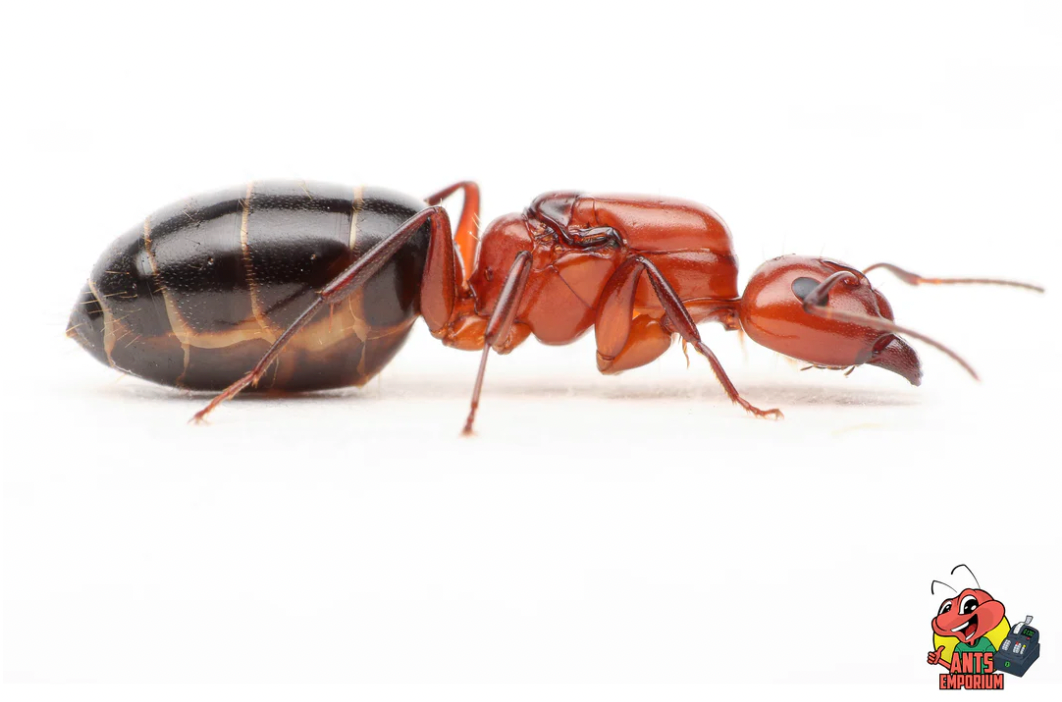
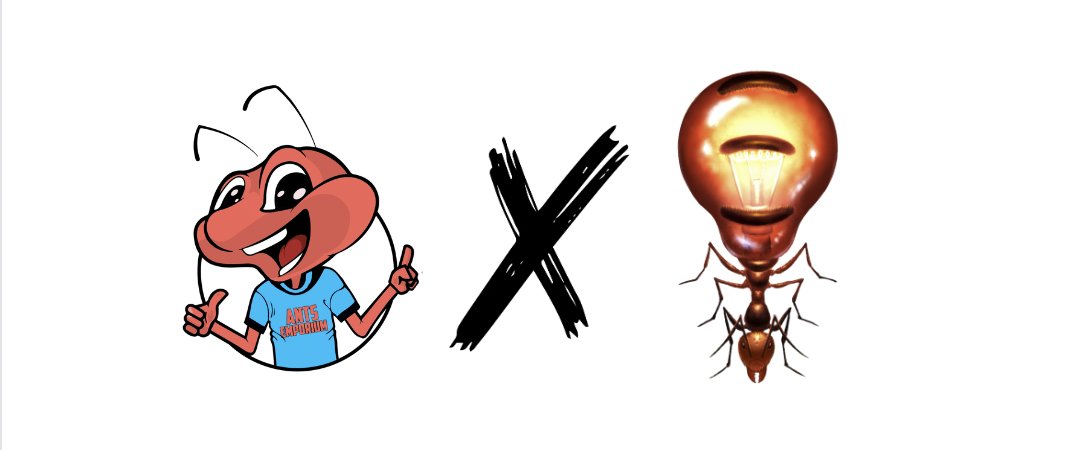
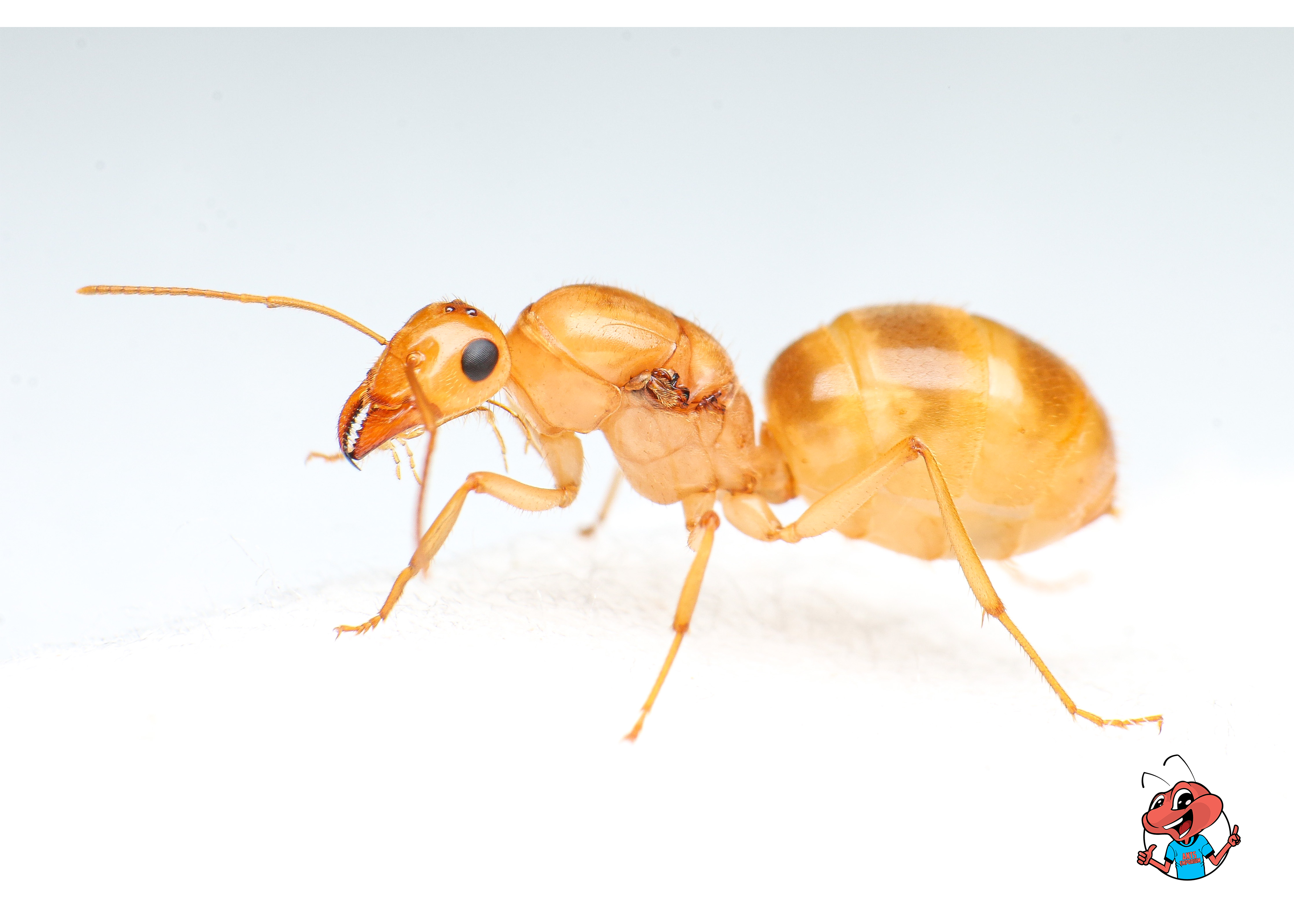
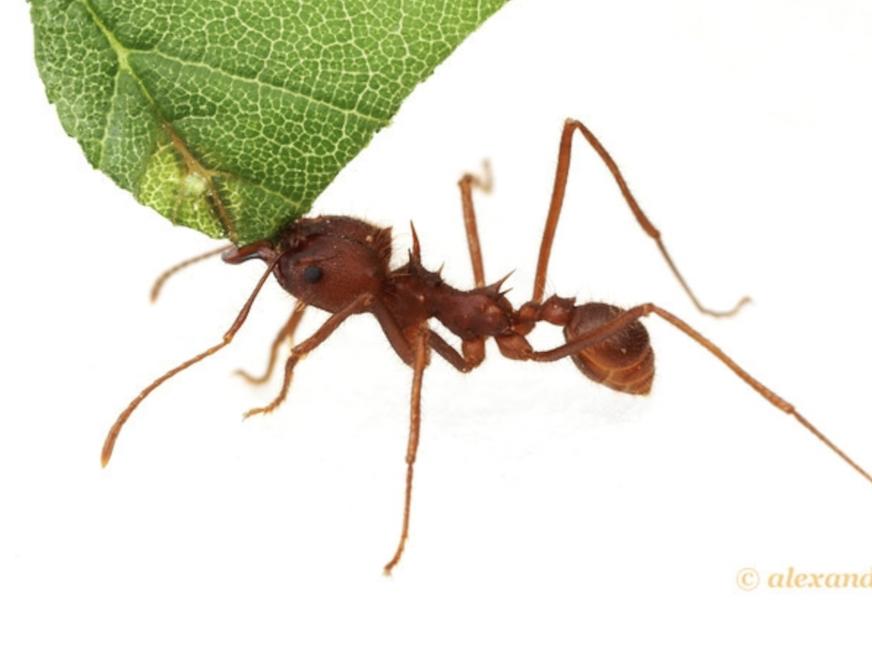
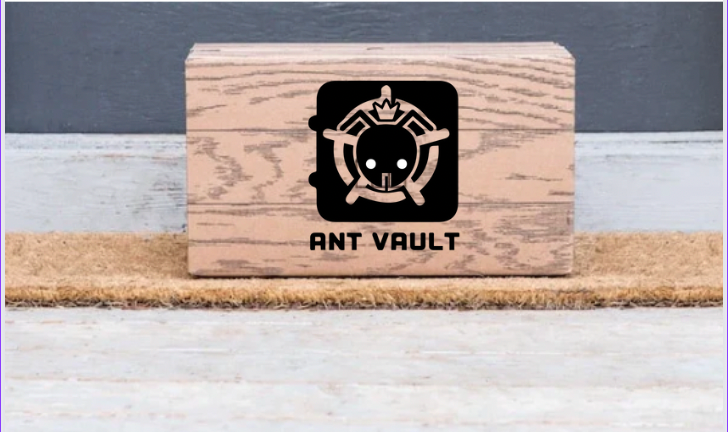


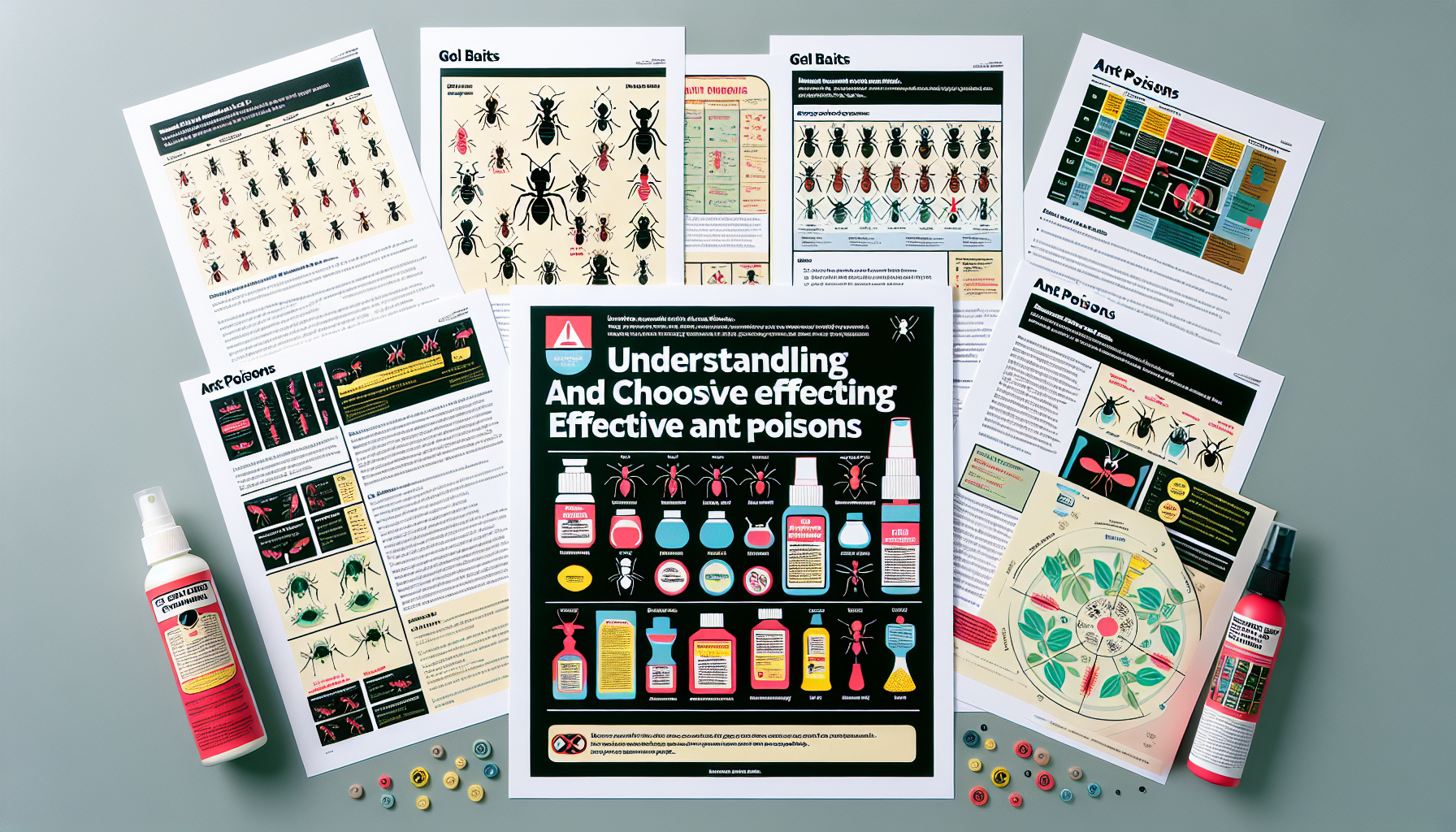
Leave a comment